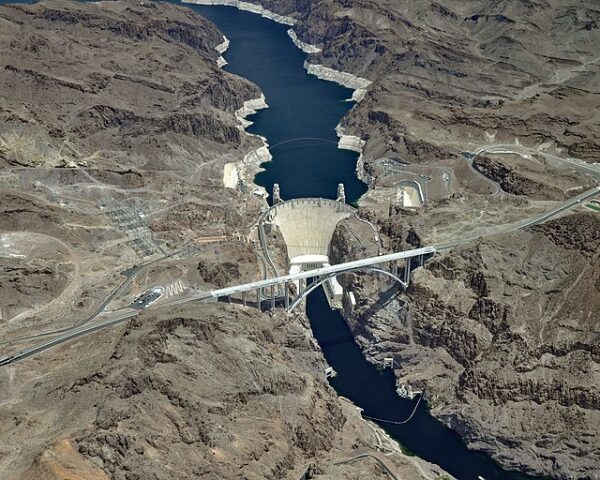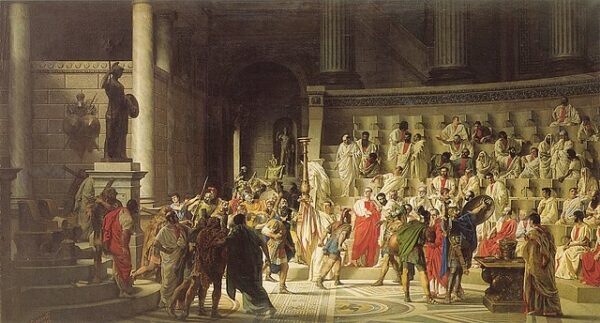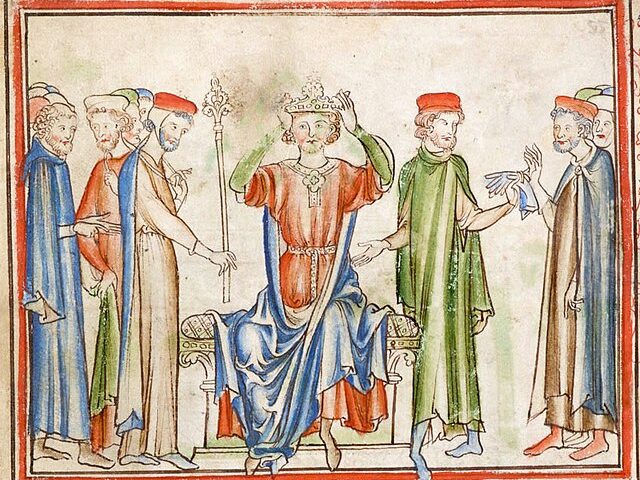The Hoover Dam, an engineering marvel, stands as an iconic symbol of American ingenuity and infrastructure. Located on the Colorado River at the border between Arizona and Nevada, this colossal concrete arch-gravity dam was constructed during the Great Depression, and its completion in 1935 marked a significant achievement in American history. On October 26, 1936, America’s dam saw its first electric generator go into full operation.
Seven more would come on line during the years that followed, with the last one in 1961.
The dam was originally named the Boulder Dam but was later renamed in honor of President Herbert Hoover, who played a crucial role in its development. At a height of 726 feet (221 meters) and a length of 1,244 feet (379 meters), the Hoover Dam was one of the largest and heaviest structures of its kind when it was built. It was designed to provide flood control, water storage, and hydroelectric power generation for the region.
One of the most striking features of the Hoover Dam is its art-deco design, which includes ornate terrazzo floors, intricate sculptures, and decorative lighting. The dam’s location in Black Canyon, surrounded by the stunning Mojave Desert landscape, offers breathtaking vistas and a popular destination for tourists.
Today the Hoover Dam generates roughly 4 billion kilowatt-hours of hydroelectric power each year for use in Nevada, Arizona, and California—enough to serve 1.3 million people. From 1939 to 1949, Hoover Powerplant was the world’s largest hydroelectric installation and remains one of the most important pieces of the nation’s infrastructure.






